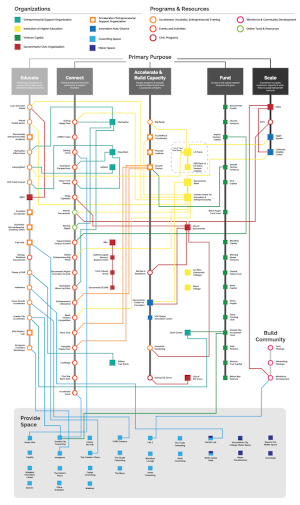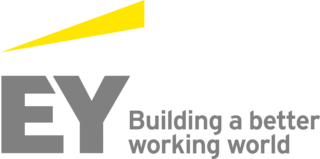Originally posted on LinkedIn and reposted here with permission.
Any points or opinions made in this article are reflective of my viewpoint and not that of my firm or any of its partners and employees.
After a while, any startup founder raising venture capital will get used to rejection. Often, the rejection comes with little or no explanation, even if you believe the conversations went well. So, what contributed to that rejection?
The fact is, many decisions are data-driven, and as much as an investor might like you (or your idea), the data they are relying on is what ultimately determines their final decision. And while no two investors analyze and value data in quite the same way, understanding how investment decisions are made can help make sense of rejection and set you up for future fundraising success.
The Goldilocks Principle helps explain why data analytics matters. It also illustrates how VCs qualitatively decide to invest based on their firm’s investment thesis. For those not familiar, the Goldilocks Principle gets its name from the “Goldilocks and Three Bears” children’s story, where something cannot be too hot, or too cold, but just the right temperature. Investors are like those three bears — each one likes their porridge a certain way.
Welcome to the Goldilocks Principle for why VC’s don’t want to invest in you:
- Your company is too early or too late in terms of stage or revenue or profitability.
- Your business is not the right fit (sector, business model, geography, etc.) for that VC’s investment focus/thesis.
- You might have done everything right, but the fund’s timing might not work (no dry powder remaining, in between capital calls, VC reserving cash for follow on investments in existing companies, etc.)
It’s really hard to get it just right.
Data, whether quantitative or qualitative, drives the decision-making process of the VC. Your current business and forecast for the future dramatically affect how VC firms view you and your company.
For example, your company may be too early on in its growth to accurately assess future potential OR too late if growth has been exponentially slow over time. VC firms all have a different investment thesis and preferred company stage and growth trajectory.
So what can you do? No two VCs make decisions using the same set of data (or subsequent algorithms). Analytically speaking, two funds might consider your company very differently.
Know how an investor likes their porridge (do your research on which VC firm to pitch after using the following guidelines):
- When you have an initial prototype or MVP, talk to angel investors as they know what they are getting into (early stage, no/low traction, etc.).
- If you are raising a Series A round, do not talk to a fund that typically does Series C and later.
- If you have developed a product but are still pre-revenue, talk to VCs who are true seed investors, not funds like mine where we clearly say that we invest in businesses doing at least $500K in ARR.
Ensuring that your startup fits both within the fund’s investment thesis and overall mission is critical.
The risk of pitching too early.
The Goldilocks Principle further comes into play during the pitching stage. When you pitch to a VC, you are setting a benchmark for where your business is currently, and where you project to be in 6, 12, or 24 months.
Let’s say your company is succeeding along its planned growth trajectory, but you don’t fit the firm’s thesis yet. You may get deferred or rejected for investment. If you approach the firm a second time once you fit their thesis, you may still get rejected. What gives?! Many VCs (like myself) operate on a somewhat unfair double standard when it comes to evaluating startups:
- VCs discount business projections and outlook on diligence, primarily when deciding on a valuation for your company.
- On the flip side, VCs will expect you to execute your projections, and do not offer the same discount they use when evaluating your business.
If you do not fit the firm’s investment criteria the first time around, you are setting the expectation of how your business should perform for when you do finally meet their requirements.
How to improve the odds.
By removing the first step of pitching a VC before your business is in their target zone, you increase your chances of an initial positive reaction significantly.
VCs not only pay attention to quantitative data such as ARR, CAC, Churn, capital efficiency, etc. They also look at your pitch deck or your current business plan. If the pitch deck from the first time around reveals that your company required significantly more capital to get to that revenue stage than you had projected, or you took substantially longer to get there with a slower growth rate your chances of funding will decrease significantly. By pitching VCs who invest in your industry, stage, and geography at the right time, you can mitigate this risk.
While many VCs make data-driven decisions, there are also essential, qualitative benefits of working with founders. Make connections within the VC industry without being in pitch mode. Create opportunities to show how your startup relates to the VC firm’s thesis. Engage with investors through social media, networking events, and other organic opportunities that may arise without the premise of an investment request on the horizon. All these tips will help you appeal to and secure an investment from the VC firm of your choice.
If you want more information about how to network with a VC, follow me on LinkedIn and stay tuned for my next post, “How to Network with a VC.”














